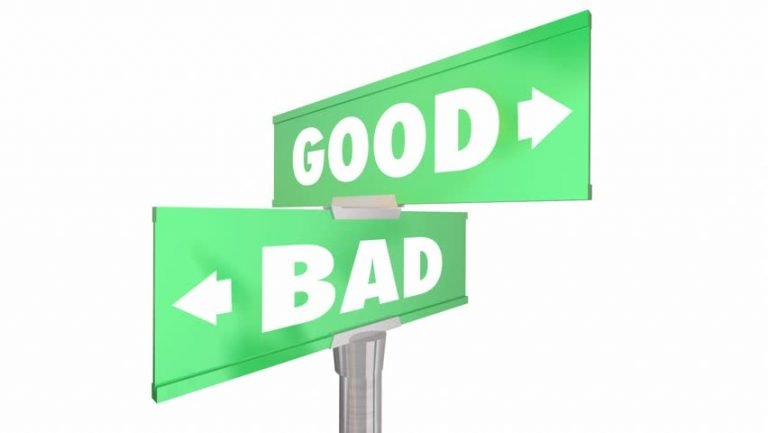In the USA, the IRS office treats investors far more sensibly and fair than in many other countries – above all much more fair than in Europe.
Imagine the following scenario: You buy a property, remodel it a little and sell it for a profit. You invest this amount again in another property, repeat the same procedure and do not pay taxes again. There is no limit to how often you can repeat this. And in fact: you never pay any taxes. Fantastic – isn’t it?
How much does my money buy? Find out for free right HERE
And everything is completely legal, you ask yourself? Absolutely! A dream state for European investors. While in Europe every profit has to be taxed, in the USA there is a legal possibility to prevent this. It is called: 1031 Exchange
In overall, that’s how it works:

If you sell your first property at a profit, the profit remains in a trust company. You may not use this profit for any other purpose. Now you have a certain amount of time to acquire another property. A small catch: this object must have at least the same or a higher purchase price than the sum of the preceding object and everything must go in a firmly regulated period over the stage.
Can everyone do this?
Yes: regardless of the immigration status, any person or company can take advantage of this tax advantage. Here is the catch: if a foreigner makes a profit in the USA (no matter with which investment), their worldwide income will be subject to taxation in their home country.
How much does my money buy? Find out for free right HERE
Too bad… Is it?
Not at all: Remember: Officially you are not making a profit yet. It’s tax-deferred and therefore there is no need to mention it in your income statement.
You can also purchase the property in the name of a company. Complicated – complex – expensive? Absolutely not. Starting and running a company in the USA is much easier than you know it from Europe. No constant calls, letters or other harassment from the IRS. The annual tax return is a joke. Income minus expenses result in either a profit or a loss. Annual total costs for a company: Approx. $500 which are of course also tax-deductible. If you wish, I can manage this company for you. You can find more about this topic in my blog about companies in the USA.

Of course, there are a few more little things to consider that go far beyond the scope of this block. Nevertheless, I would like to address the basic questions here so that you can decide whether such an investment is suitable for you.
How much does my money buy? Find out for free right HERE
The term 1031 Exchange is defined under section 1031 of the IRS Code. (1) To put it simply, this strategy allows an investor to “defer” paying capital gains taxes on an investment property when it is sold, as long as another “like-kind property” is purchased with the profit gained by the sale of the first property. It, therefore, allows a real estate investor to shift the focus of their investing without incurring tax liability.
Normally when you sell an investment property, you are obligated to pay capital gains tax – if you made a profit. Now you can make a killing using this powerful strategy.

There are 7 primary 1031 Exchange rules. These include: (1) like-kind property, (2) investment or business purposes only, (3) greater or equal value, (4) must not receive “boot,” (5) same taxpayer, (6) 45-day identification window, (6) 180-day purchase window.
1: What are like kind properties?
It means, that the original and replacement property must be of “the same nature or character. In easy terms: you can’t exchange farming equipment for an apartment building, because they’re not the same asset. In terms of real estate, you can exchange almost any type of property, as long as it’s not personal property.
How much does my money buy? Find out for free right HERE
2. Investment or Business Property Only
In other words, you can’t swap one primary residence for another. But after you made a profit with a few swaps, you can purchase your private residence with the money. Now – of course, you finally have to pay your taxes. But imagine the leverage you had while not handing a good portion of your profit back to the IRS every time and instead of using it to gain more. What great leverage!!
3. Greater or Equal Value
the IRS requires the net market value and equity of the property purchased must be the same as, or greater than the property sold. Otherwise, you will not be able to defer 100% of the tax.
4. Must Not Receive “Boot”
In other words, you can carry out a partial 1031 exchange, in which the new property is of lesser value, or this transaction will not be 100% tax free. The difference is called “Boot,” which is the amount you will have to pay capital gains taxes on. But it’s completely okay, and often used when a seller wants to make some cash, and is willing to pay some taxes to do so
5. Same Tax Payer
The tax return, and name appearing on the title of the property being sold, must be the same as the tax return and title holder that buys the new property. There are a few exceptions to this rule, but it would go to deep to explain in this publication.
6. The 45 day identification window
The property owner has 45 calendar days, after closing of the first property, to identify up to three potential properties of like-kind. This can be really difficult because the deals still need to make sense from a cash perspective
How much does my money buy? Find out for free right HERE
7. the 180 day purchase window
It’s necessary that the replacement property be received and the exchange completed no later than 180 days after the sale of the exchanged property OR the due date of the income tax return (with extensions) for the tax year in which the relinquished property was sold, whichever is earlier.

The most common like-kind exchange types include the simultaneous, delayed, reverse, and construction or improvement exchange
1: Simultaneous Exchange
A simultaneous exchange occurs when the replacement property and relinquished property close on the same day. As the name suggests, these closings occur in a simultaneous fashion. Here the exchange must happen simultaneously because any delay will most likely result in paying taxes. Yes, it happens, but most common we see the
2: Delayed 1031 Exchange
It occurs when you sell ( relinquish ) the original property before you acquire a replacement property. Once a buyer is secured, you ( the seller ) must hire a third-party Exchange Intermediary to initiate the sale of the relinquished property and hold the proceeds from the sale in a binding trust for up to 180 days while you look for a like-kind property.
For this, you need a middleman who holds the cash after you “sell” your property and uses it to “buy” the replacement property for you. This three-party exchange is treated as a swap.”
However, the exchange rules require that both the purchase price and the new loan amount be the same or higher on the replacement property.
For example: if you are selling a $500.000 property that had a $350,000 loan, then you would have to buy $500.000 or more of replacement property with $350,000 or more leverage.

For this you have a maximum of 45 days to identify the replacement property and 180 days to complete the sale of this property. In addition to the numerous tax benefits, this extended timeframe is one of the reasons that the delayed exchange is so popular
How much does my money buy? Find out for free right HERE
3: “Reverse Exchange”
Simply said, you buy first and you pay later. It’s tricky because it only works in cash deals. Not many banks offer loans for reverse exchanges. AND: A failure to close on the relinquished property during the established 180 day period that the acquired property is parked will result in a forfeit of the exchange. Therefore it doesn’t happen too often in our area.
4: But we sometimes see the “Construction / Improvement 1031 Exchange

Here the taxpayer can use the tax-deferred dollars to enhance the replacement property while it is placed in the hands of a qualified intermediary for the remainder of the 180 day period.
In addition, there are 3 requirements the taxpayer must meet in order to defer all of the gains and instead use it as part of the construction or improvement exchange.
- The entire exchange equity must be spent on completed improvements or as down payment by the 180th day.
- The taxpayer must receive “substantially the same property” that they identified by the 45th day.
- The replacement property must be equal or greater in value when it is deeded back to the taxpayer. The improvements must be in place before the taxpayer can take the title back from the qualified intermediary
1031 Exchange Rules, A Recap
It sounds kind of easy, but you should not do it all by yourself. Transactions like these are delicate and you should be sure they withstand further examination by the IRS. Therefore, we urge you to hire professionals who are familiar with these procedures. There are many rules and qualification requirements that you must comply with in order to perform a successful exchange. To sum things up, the biggest advantage of using this strategy is that you can avoid having to pay capital gains taxes on the sale of an investment property.
How much does my money buy? Find out for free right HERE

As a real estate professional since over 35 years, I can help you with the sale of any existing property and the purchase of a fitting replacement. I will work with licensed professionals for the 1031 exchange so you can be sure everything works out. But in order to gain from this, you have to make the 1st step and purchase your 1st. property. For this take a peek on my website. Go to the “Homebuyer” link and choose from either option. I give you free access to our local MLS and you can search like a pro with no obligation at all.
Therefore, if you are interested in an investment that does not involve tax payments, please do not hesitate to contact me for further information.







